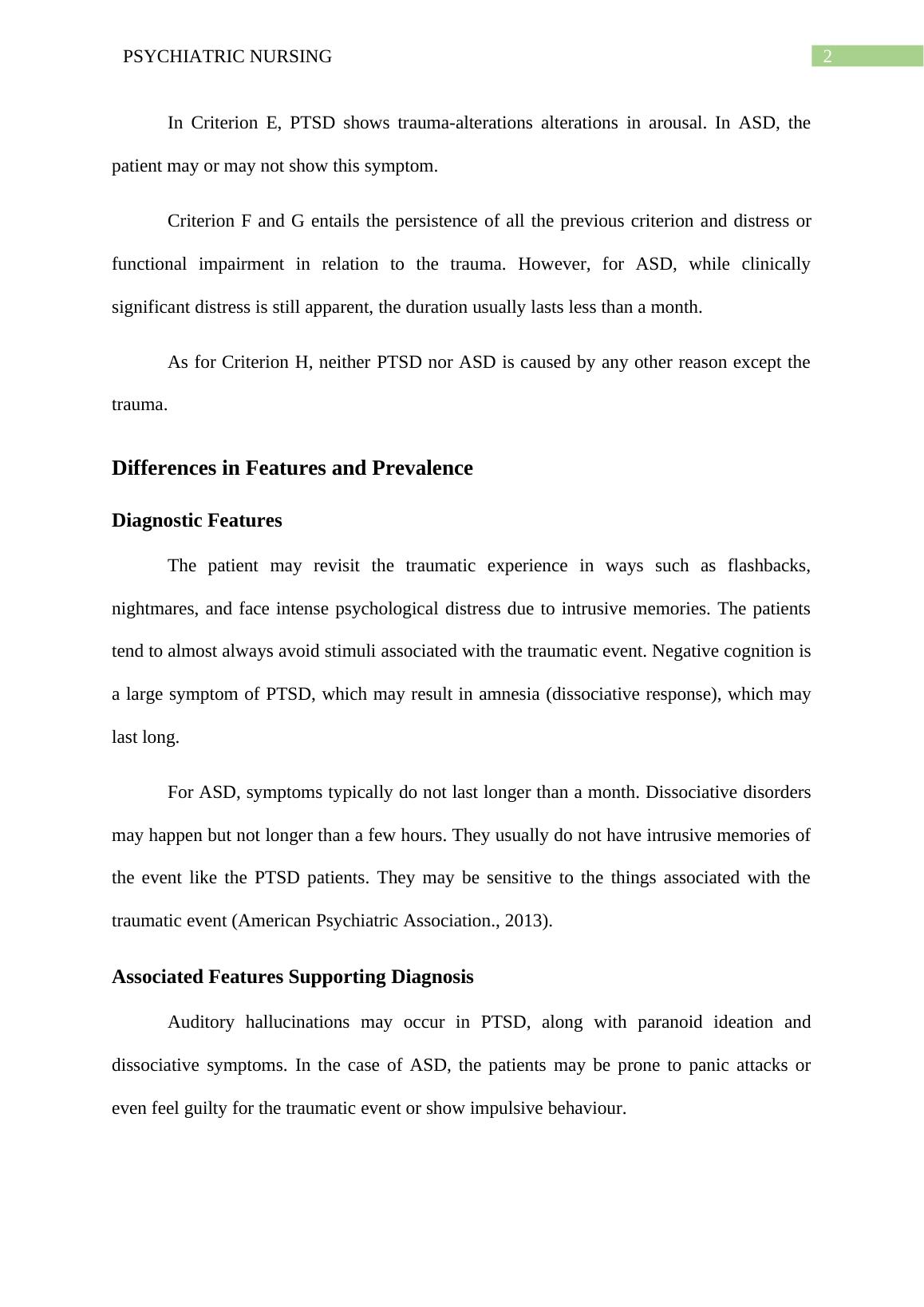Comparison of Diagnostic Criteria
Differentiating between common and rare diagnoses in medical and psychiatric cases
6 Pages1284 Words18 Views
Added on 2022-09-07
Comparison of Diagnostic Criteria
Differentiating between common and rare diagnoses in medical and psychiatric cases
Added on 2022-09-07
ShareRelated Documents
End of preview
Want to access all the pages? Upload your documents or become a member.
Post Trauma Stress Disorder in Australian-Vietnam Veterans
|10
|2928
|142
Trauma-Informed Care
|12
|3512
|120
Assignment on Diagnosis PDF
|8
|1859
|91
Post-traumatic stress disorder and Histrionic personality disorder
|11
|2910
|232
Post Traumatic Stress Disorder (PTSD)- PDF
|6
|1177
|52
Case of Jacob
|7
|1676
|89



